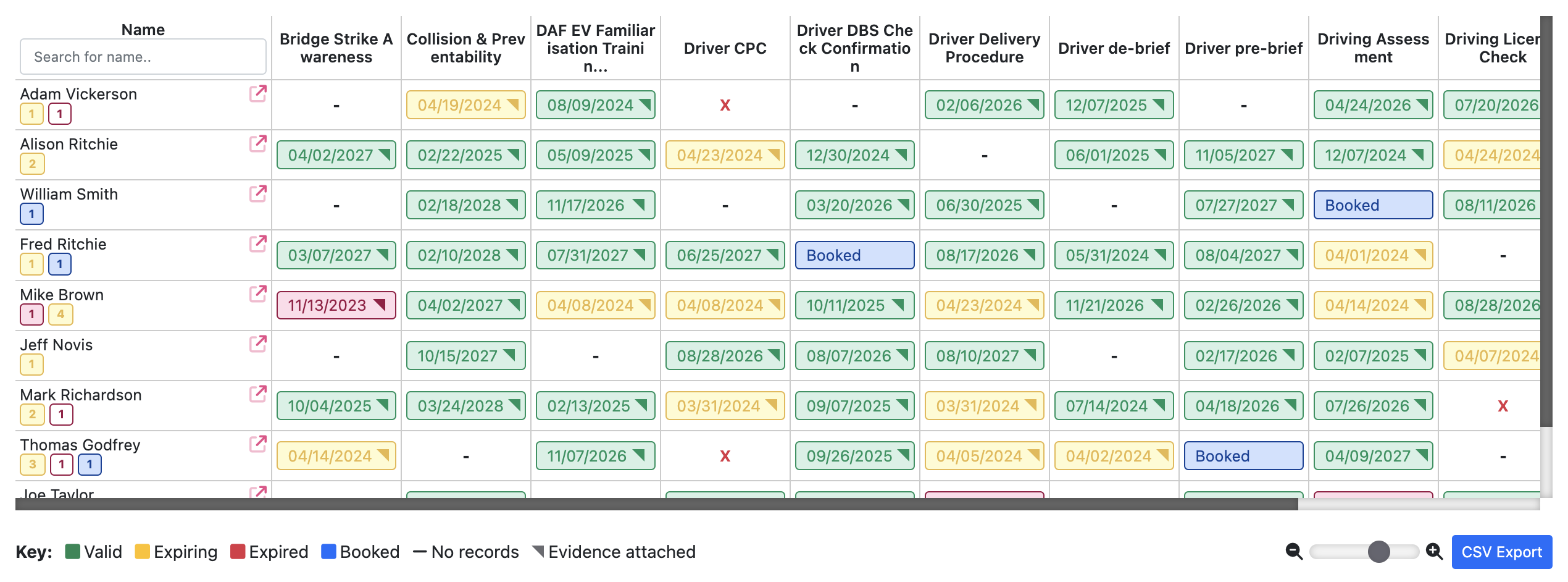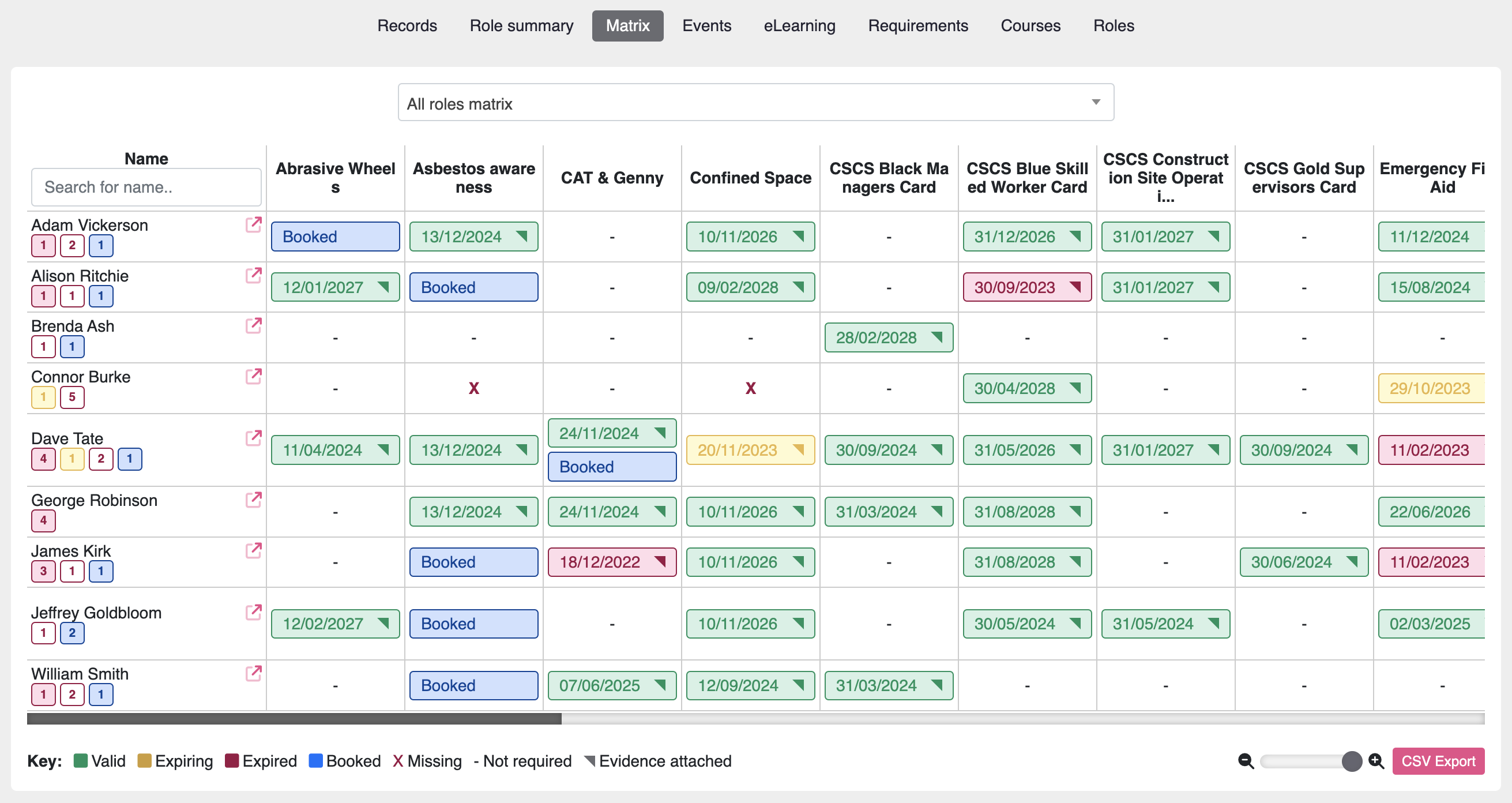As a training manager who’s had the chance to work with both Learning Experience Platforms (LXP) and Learning Management Systems (LMS), I’ve developed a clear understanding of their unique features, benefits, and limitations. In this post, I’ll break down the key differences between LXP vs LMS to help you make an informed decision for your organisation’s training needs.
What Is an LMS?
An LMS, or Learning Management System, is a traditional platform designed to manage and deliver training programs. It’s widely used in corporate training, educational institutions, and other organizations to track learner progress, deliver content, and assess performance.
What Is an LXP?
An LXP, or Learning Experience Platform, focuses more on the learner’s experience. It offers a more personalised and engaging learning journey, leveraging social learning, AI-driven content recommendations, and user-generated content. Think of it as a more flexible and interactive approach to learning.

Key Differences Between LXP vs LMS
| Feature | LXP | LMS |
|---|---|---|
| Primary Focus | Learner-centric experience | Administrative and compliance focus |
| Content Delivery | Personalised recommendations, AI-driven | Structured courses and modules |
| Social Learning | High – encourages user interaction and content sharing | Low – primarily top-down delivery |
| Flexibility | High – adaptable to individual needs | Low – follows a set curriculum |
| User-Generated Content | Encourages and supports | Limited |
| Analytics | Focus on learner engagement and feedback | Focus on completion rates and scores |
| Accessibility | Anytime, anywhere, any device | Often requires specific setup |
| Integration | Easy integration with other tools | Integration possible but often complex |
Benefits of Using LMS
- Structured Learning Pathways: Ideal for compliance and standardized training programs.
- Tracking and Reporting: Robust tracking of learner progress and detailed reporting.
- Assessment Tools: Integrated quizzes, exams, and certification options.
- Scalability: Suitable for large organizations needing consistent training across the board.
Benefits of Using LXP
- Personalization: Customizes learning experiences based on individual needs and preferences.
- Engagement: Higher learner engagement through interactive and social learning features.
- Flexibility: Adapts easily to changing learning needs and preferences.
- Modern Learning: Leverages AI and machine learning for smarter content delivery.
Drawbacks of LMS vs LXP
- Rigidity: Less flexible and adaptable to individual learning needs.
- Engagement: Lower engagement due to top-down content delivery.
- Complexity: Can be complex to set up and integrate with other tools.
Drawbacks of LXP vs LMS
- Content Management: Can be challenging to ensure all content is high-quality and relevant.
- Tracking: Less emphasis on detailed tracking and compliance reporting.
- Consistency: Potential inconsistency in learning outcomes due to user-generated content.
Which System Should You Choose?
Choosing between an LXP vs LMS largely depends on your organisation’s training goals and needs. If your priority is structured learning with a focus on compliance and standardised training, an LMS might be the right choice. On the other hand, if you aim to provide a personalised, engaging, and flexible learning experience, an LXP could be the better option.
Conclusion
In the ongoing debate of LXP vs LMS, both systems have their unique strengths and are suited for different training needs. By understanding the key differences and benefits of each, you can make an informed decision that best supports your organisation’s learning and development goals.
For more insights and guidance on choosing the right learning system, feel free to explore additional resources here and here.
FAQs
1. Can an organisation use both LXP and LMS? Yes, many organisations use a hybrid approach, leveraging the strengths of both systems to provide comprehensive training solutions.
2. How do LXPs ensure content quality? LXPs often use AI and user feedback to continuously improve and recommend high-quality content. However, it’s essential to have a strategy for content curation and quality assurance.
3. Are LXPs suitable for small businesses? Absolutely! LXPs can be scaled to fit the needs of small businesses, offering flexible and engaging learning experiences without the need for extensive resources.
4. Are there any core features of each? A training matrix could be present in both an LXP vs LMS. Moralbox.com provide an automated training matrix.

Alison is the Moralbox Customer Success Manager. She ensures that our customers enjoy the benefits and get the very best experience out of our products. Alison has over 8 years experience as a training manager.


